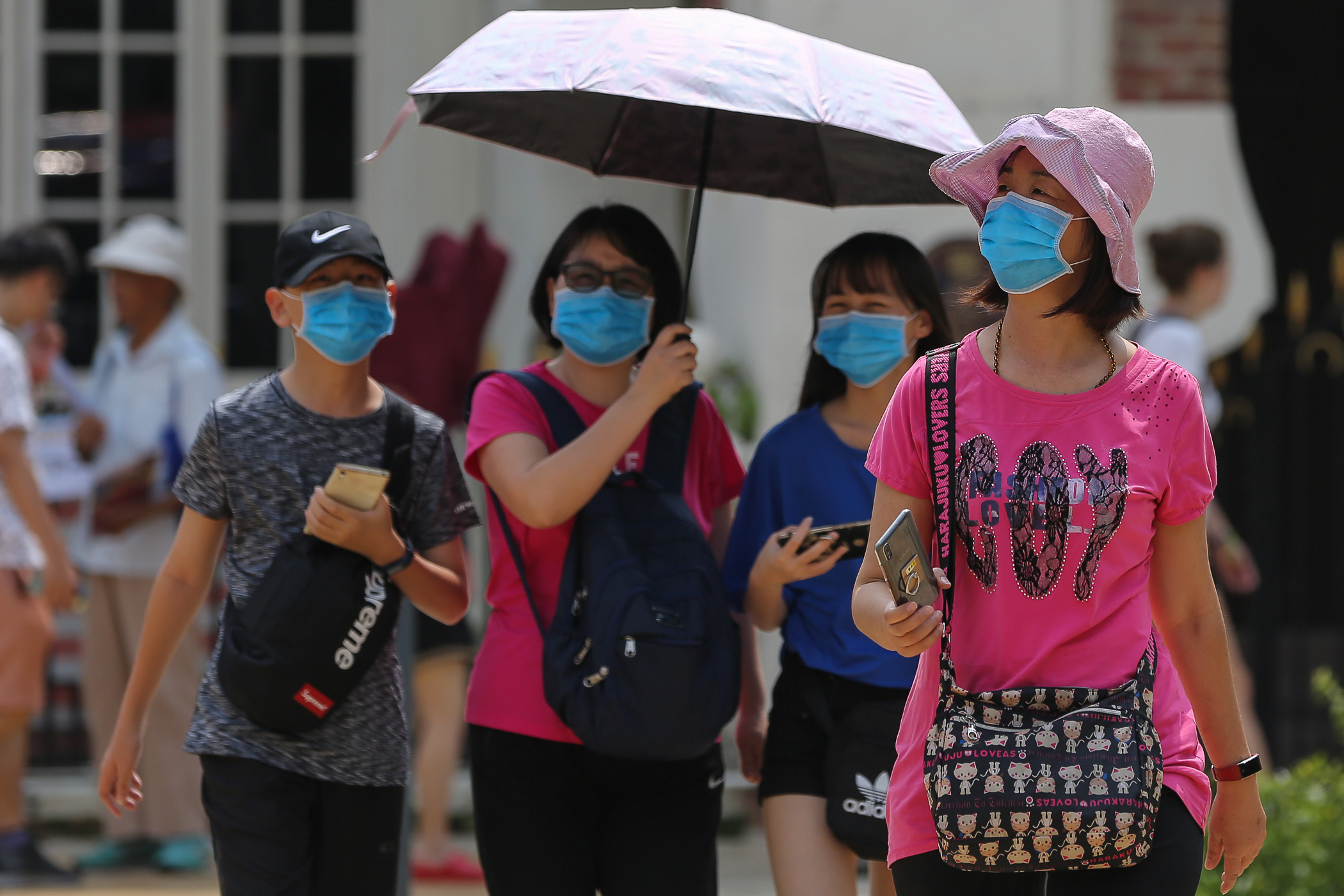KUALA LUMPUR, Feb 7 — The novel coronavirus outbreak that began in the Chinese city of Wuhan in Hubei province last December has become a dreaded contagion the world over in just two months, infecting tens of thousands and killing over 560 people to date.
While governments worldwide ramp up health and security screenings to prevent a pandemic from hitting their shores, they also have to contend with a deluge of information both true and false about the respiratory illness — a problem the World Health Organisation (WHO) has dubbed an “infodemic”.
Malaysia has not been spared. Officially, the government has registered 14 positive nCoV patients to date; four are Malaysians and nine Chinese nationals.
But the contagion has resulted in viralled half-truths and downright misinformation that pose as big a threat — if not bigger — to the health of Malaysia’s plural society and its economy amid a global slowdown.
This potential danger of rising racialism and even xenophobia was the justification cited by the Attorney General to charge several Malaysians since last month with causing public mischief and misusing network facilities by spreading fake news about 2019-nCoV.
The government’s anti-fake-news portal sebenarnya.my has had its work cut out in countering an increasing number of rumours on social media about the nCoV virus alone. At the time of writing, there were some 30 listed rumours.
Looking at the website, many of the rumours commonly painted a scary picture of an nCoV epidemic in Malaysia with more cases than what has officially been reported, and that the transmission of the virus was due to the influx of Chinese nationals from Wuhan.

Hospital scare
The government portal listed 14 fear mongering rumours that it registered as false that involved hospitals or health facilities throughout the country. Many claimed that those facilities located in northern Malaysia, especially Penang, had become the Wuhan virus hotspots domestically.
Some of the more interesting rumours on the portal include: a child being hospitalised in Likas Hospital in Sabah; five Wuhan residents being warded in Hospital Sultanah Nur Zahirah in Kuala Terengganu; and a man in intensive care of an unnamed hospital after returning from performing his umrah in Mecca.
There were also six rumours that the coronavirus had spread to various districts or cities in the country namely: Desa Tebrau (Johor), Forest City (Johor), Padang Besar (Perlis), Penang, Kuantan (Pahang), Melaka and Ipoh.
Fake news of deaths
Sebenarnya.my also listed five nCoV-related deaths which turned out to be false. The first involved a 23-year-old man from Tripura, India who purportedly died in a Malaysian hospital.
There was also a rumour of a nCoV-related death in Bentong Hospital, Pahang; a woman who died because of a seizure from the virus in a Shah Alam convenience store; a convict who died in a Sandakan prison; and a Chinese tourist who died on the way to KLIA.
Out of the five rumours, only the last incident involving the Chinese tourist was half-true. Local police said a Chinese national died on the way to KLIA, but explained that it was due to heart failure and had nothing to do with nCoV.

Racial, xenophobic overtones
There were also three racist and xenophobic rumours the portal debunked, including one involving Chinese sailors landing at the Kuala Linggi Port in Alor Gajah, Melaka.
The Facebook post claimed that the sailors were from Wuhan, but the Melaka Health Department shot it down as fake.
There were also two more fake news targeting Chinese nationals. The first claimed that Chinese citizens had fled their home country and were in Langkawi to escape the virus.
Kedah’s Youth and Sports, Tourism, Arts and Culture, Entrepreneur Development exco Mohd Asmirul Anuar Aris denied the news saying that the tourists were brought in by a travel agency and had left for China on January 17.
Another similar rumour popped up in Penang claiming roughly 1,000 Chinese nationals had boarded a cruise liner that docked in the island state. The post that went viral on social media platforms — particularly WhatsApp — was accompanied by an image of Chinese nationals queuing at the border control and captioned: “Allah forgive us”.
Penang Tourism, Heritage, Culture and Arts exco Yeoh Soon Hin has since explained that the ship passengers were only in town for seven hours before sailing on to Phuket, Thailand.
In many instances, politicians were not spared from being the target of the rumour mills or poison pen letters. As the fear of nCoV grew stronger, Health Minister Datuk Dzulkefly Ahmad fell under the scope.
The minister had to deny a rumour that he had encouraged Chinese tourists to visit as long as they were wearing face masks throughout their stay.

Monster virus
An oddity that was listed in sebenarnya.my was an image of the nCoV at the cellular level. Apparently, the poster claimed that a bacteria type-cell was the nCoV and it was accompanied by a mildly creepy title: “Coronavirus resembles a monster”.
Despite sebenarnya.my’s gentle approach in debunking falsehoods from facts, the public should keep in mind that the authorities do not take kindly to anyone spreading rumours or fake news when it comes to nCoV.
So far there have been four arrests for spreading fake news and panic on nCoV, including an award-winning journalist who had posted an update on her personal Facebook page.
“These accounts contained postings that stoke fear among the public and might jeopardise public order,” said Bukit Aman CID director Comm Datuk Huzir Mohamed during a press conference recently.
“One of the accounts was about the alleged arrival of tourists from China, suspected of being infected while another allegedly made false claims of a China national, who died in Malaysia because of the virus.”



















